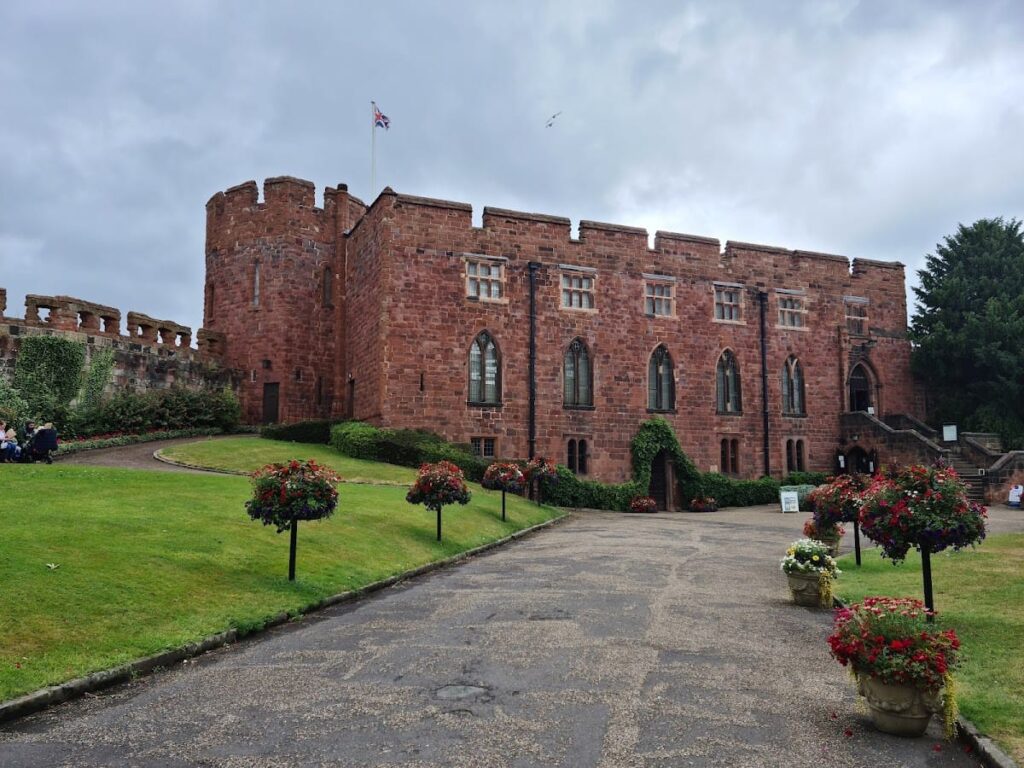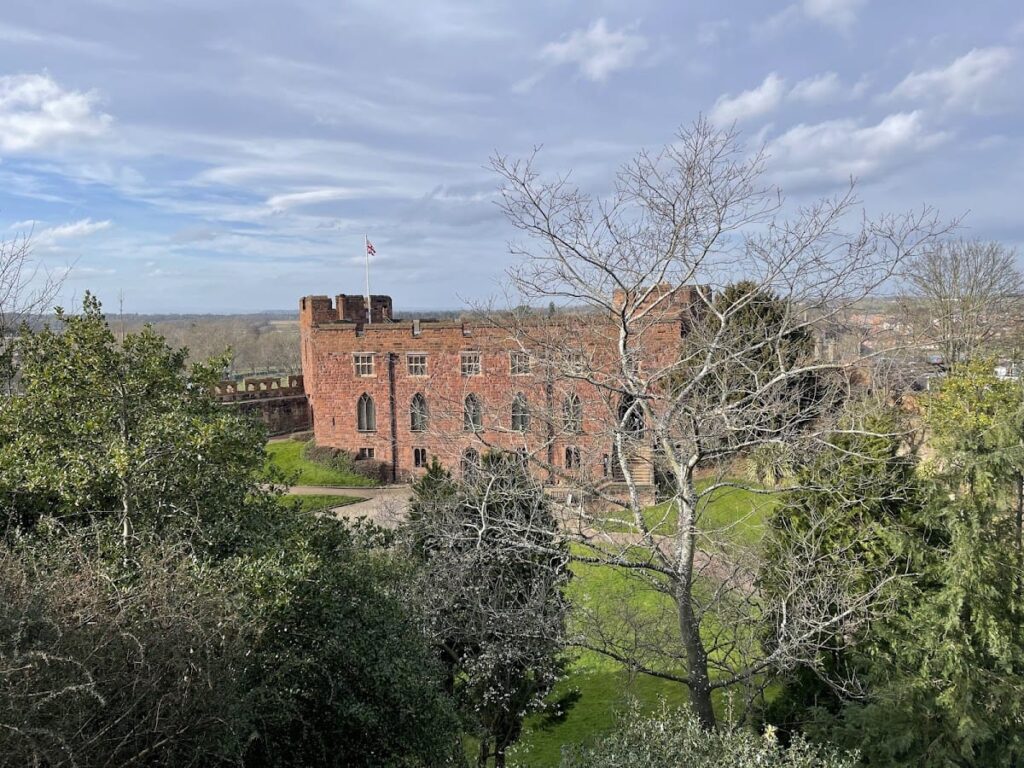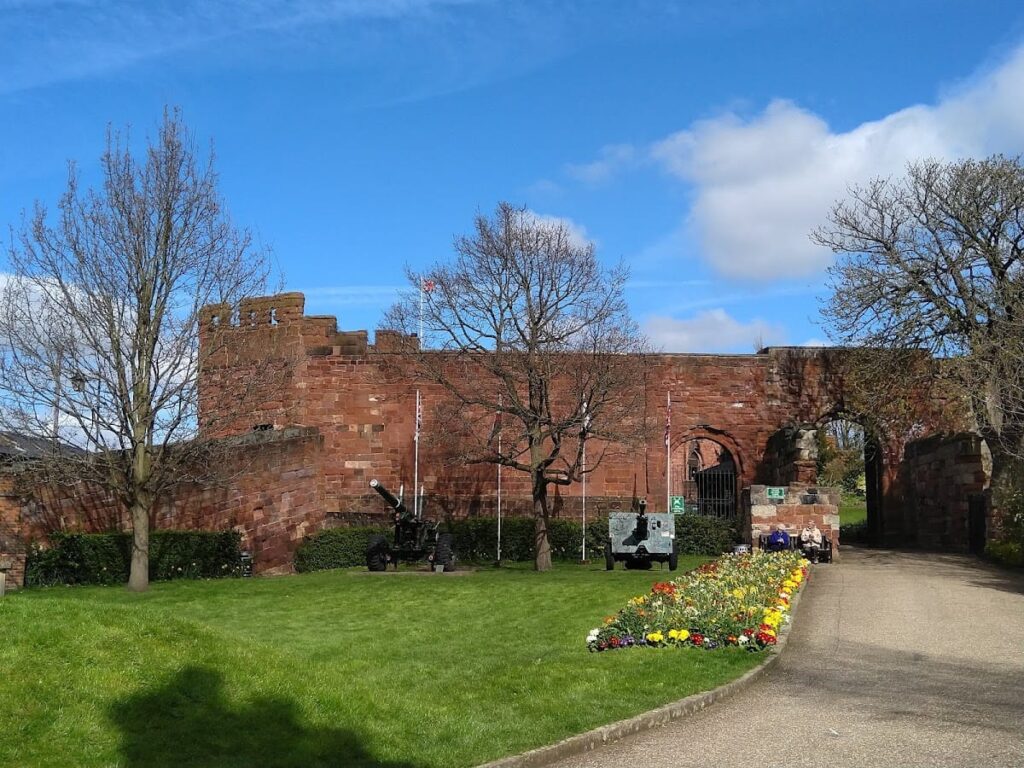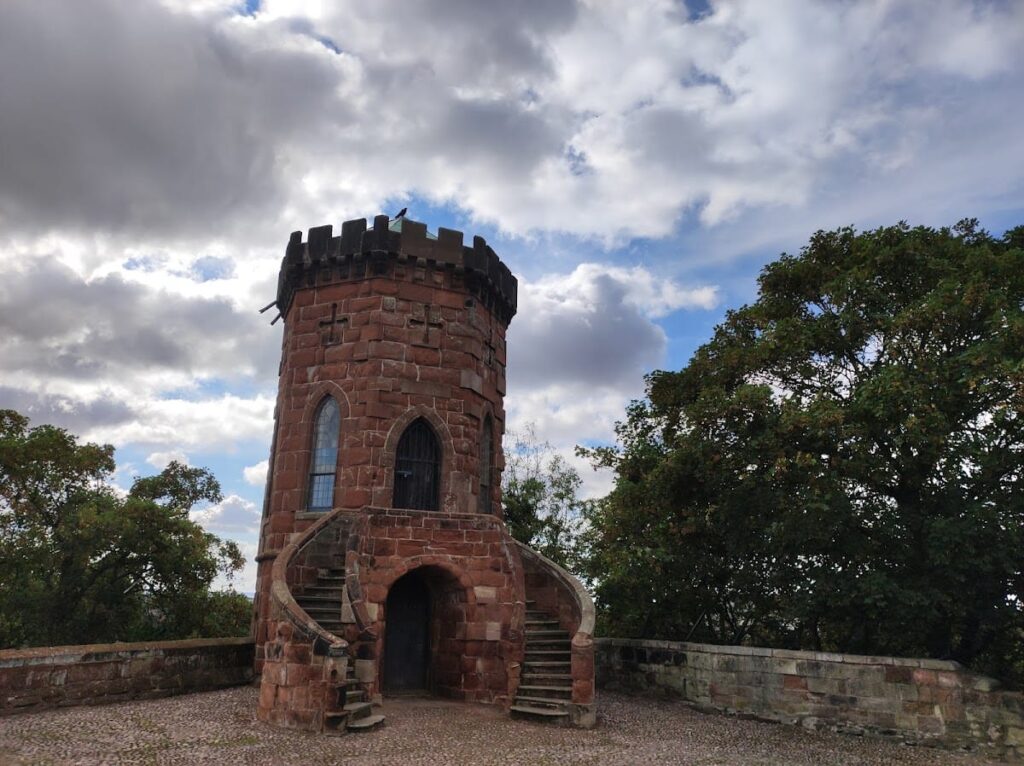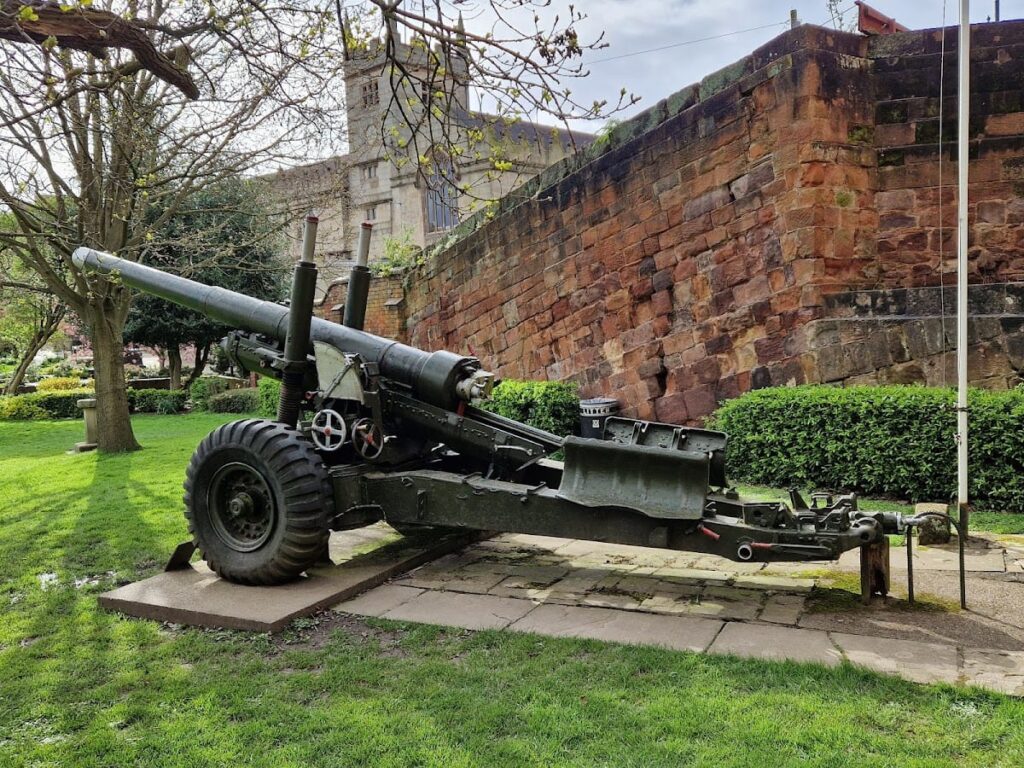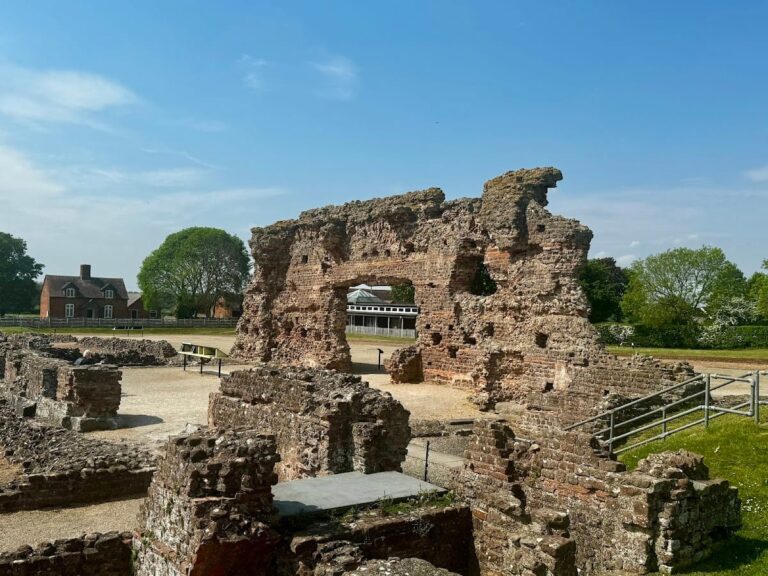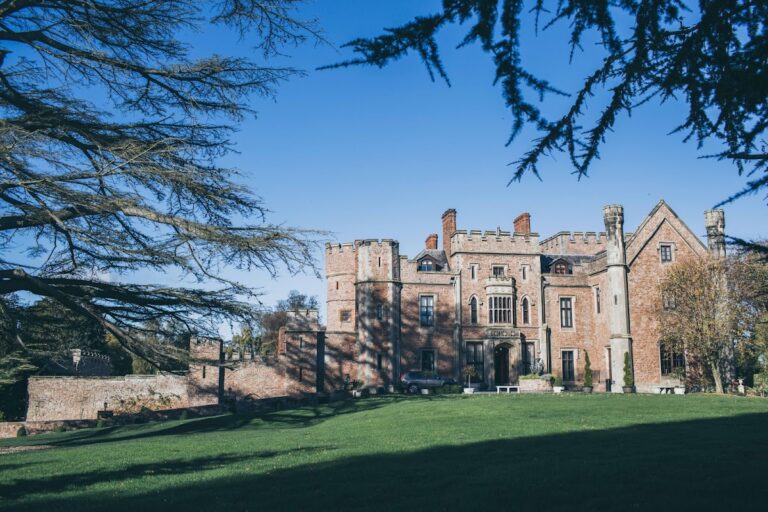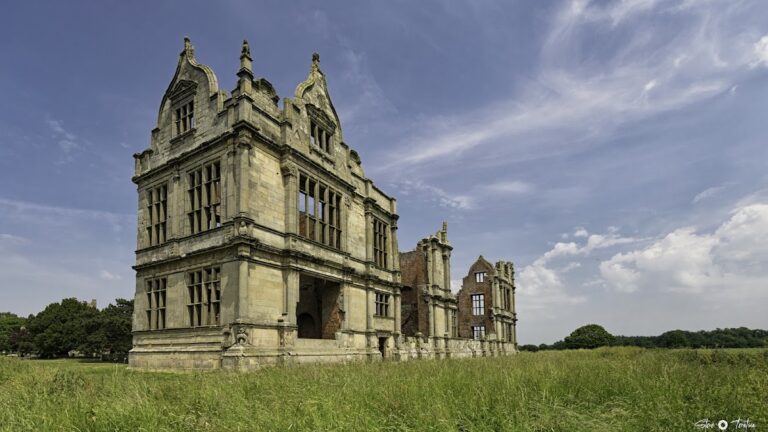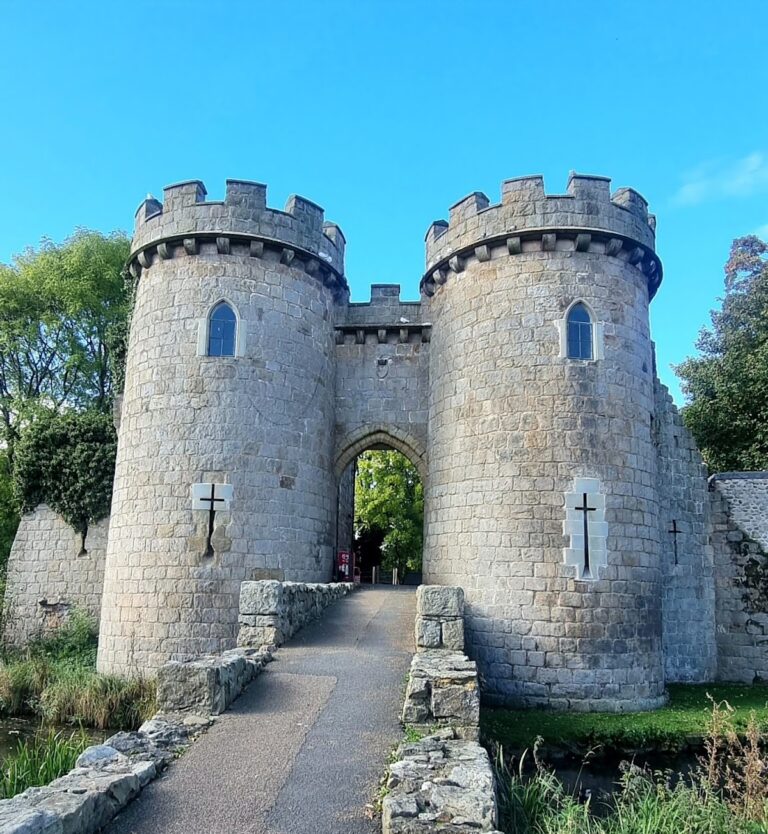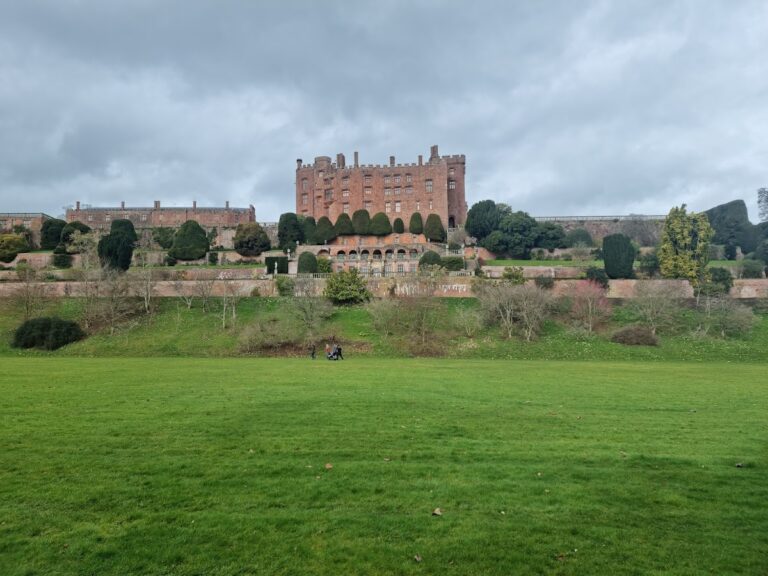Shrewsbury Castle: A Historic Norman Fortress in England
Visitor Information
Google Rating: 4.5
Popularity: Medium
Google Maps: View on Google Maps
Official Website: www.shropshiremuseums.org.uk
Country: United Kingdom
Civilization: Medieval European
Remains: Military
History
Shrewsbury Castle, located in Castle Street, Shrewsbury, was built shortly after the Norman Conquest of England. Constructed between 1067 and 1070 by order of William the Conqueror, it replaced an earlier wooden fortification. Roger de Montgomery later expanded the castle, establishing it as a military base for campaigns into Wales and as a defensive stronghold protecting the town of Shrewsbury.
In the 12th century, the castle played a key role during the civil war between King Stephen and Empress Matilda. In 1138, William Fitz Alan held the castle for Matilda before it was captured by Stephen’s forces. Throughout the 13th century, it continued to serve as a military base during Welsh uprisings. Notably, Llywelyn the Great briefly controlled the castle in 1215, and Simon de Montfort used it around 1265 during his rebellion.
Following the conquest of Wales, the castle’s military importance declined. By the early 14th century, it had fallen into disrepair. During the reign of Elizabeth I, it was transformed into a domestic residence. In 1565, Richard Onslow leased and restored the castle, adding an extra floor above the great hall.
During the English Civil War (1642–1645), Royalist forces fortified the castle. It surrendered to Parliamentary troops in 1645 and was later garrisoned by Oliver Cromwell’s forces during the Commonwealth period. Ownership passed to the Earl of Bradford in 1663, and the castle remained privately held for centuries.
In 1775, Sir William Pulteney acquired the castle and commissioned architect Thomas Telford to carry out extensive renovations in the late 18th century. The castle continued as a private residence until 1924, when the Shropshire Horticultural Society purchased it and transferred ownership to the town council. It served as council chambers until the 1970s.
Since 1985, Shrewsbury Castle has housed the Shropshire Regimental Museum, which displays military collections spanning from 1755 to 1970. The museum suffered severe damage from an IRA bomb attack in 1992 but was restored and reopened in 1995. Archaeological excavations conducted in 2019–2020 uncovered remains of the original Norman motte ditch, medieval pottery, arrowheads, and evidence of high-status feasting, though the chapel of St Michael was not found.
Remains
Shrewsbury Castle is built primarily of red sandstone and occupies a hill at the neck of a bend in the River Severn. This location was chosen strategically where the town is not surrounded by the river. The surviving castle grounds cover about 40 ares, roughly matching the original inner bailey, while the outer bailey has been lost to later urban development.
The inner bailey walls partly rest on earthworks from the original Norman motte castle. The motte’s shape is no longer circular due to a flood in 1271 that caused the wooden tower atop it to collapse. The oldest masonry elements date from around 1160 and include the inner bailey walls, the gatehouse, and the lower floors of the main castle building.
The great hall, completed by the mid-13th century under King Henry III, is flanked by western and eastern towers from the same period. Originally three stories high during the Elizabethan era, it now has two floors. The great hall was located on the first floor, with a probable cellar beneath. Late 18th-century renovations by Thomas Telford replaced original arrow slits with tall, pointed windows and subdivided the hall into smaller rooms. The hall contains a restored open fireplace and a wooden ceiling that once supported a now-lost mansard floor.
The western tower retains medieval rib-vaulted ceilings on its upper floor, though this area is not open to the public. Its lower floors were remodeled by Telford and include a round room used for conferences and mayoral receptions. The eastern tower forms part of the museum exhibition space and contains a windowless cellar, likely used for storage and informally called the “dungeon.”
Access to the main castle building is via a staircase to the first floor, added around 1926. While first-floor entrances were common for security in medieval castles, no evidence suggests this was the original design here. The gatehouse features a wooden door marked by musket ball impacts from the English Civil War.
A poterne, a small postern gate dating from around 1600, originally provided access to the River Severn but is now blocked by a 19th-century railway embankment. The curtain walls around the inner bailey were reinforced during the Civil War, though most surviving sections are 18th-century reconstructions by Telford.
Archaeological evidence indicates that stables and workshops once stood within the inner bailey, but no physical remains survive. A chapel dedicated to St Nicholas once stood in the outer bailey but was demolished in the 19th century. It was replaced by a church that has since been converted into a restaurant.
Laura’s Tower, built in 1790 by Sir William Pulteney as a birthday gift for his daughter, stands atop the motte. It overlooks the town and surrounding countryside and is occasionally used for events. The castle is a Grade I listed building and remains a prominent historic landmark above Shrewsbury railway station.
